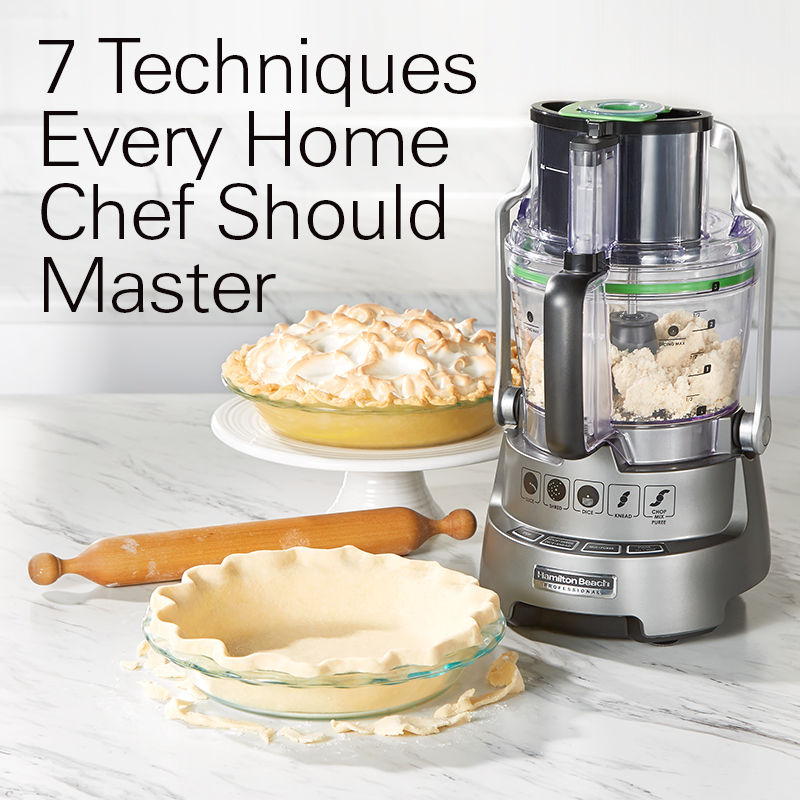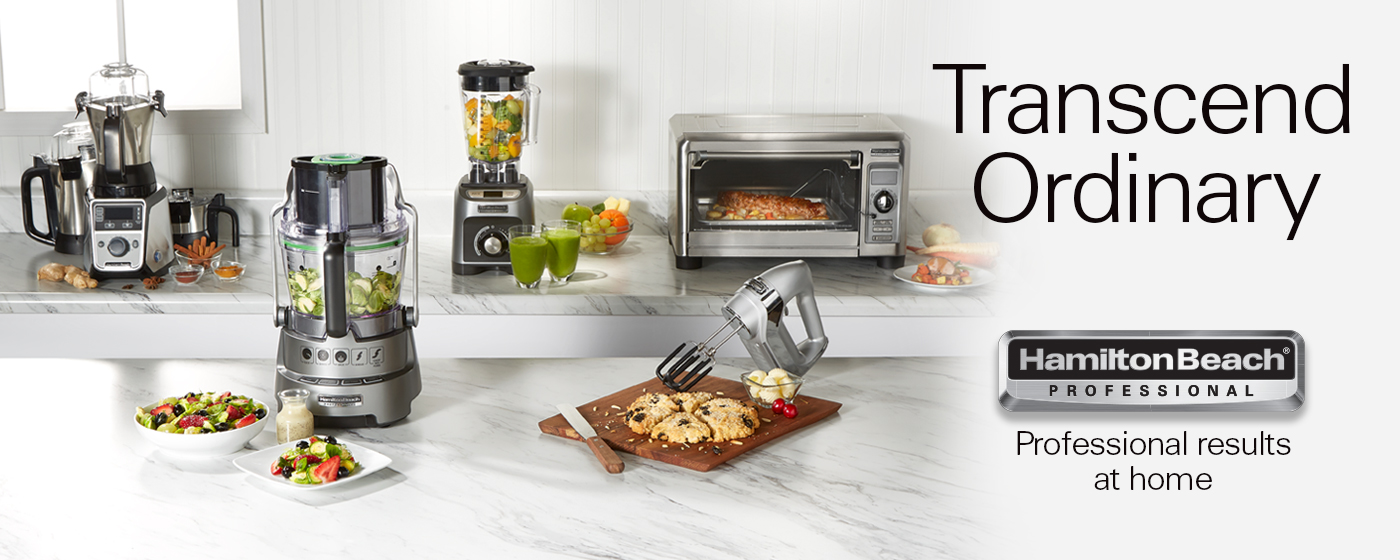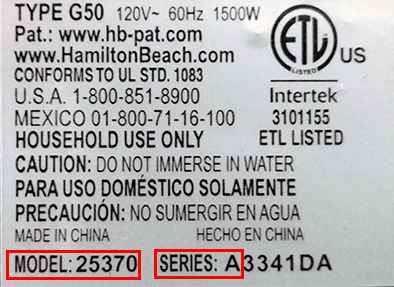

Sure, you can bake, sauté and scramble an egg or two. But do you know the difference between mixing and emulsifying? Or boiling and blanching? Get familiar with these advanced cooking techniques, and consider yourself Top Chef material.

Roasting means to cook foods in an oven, in an uncovered pan, with the goal of producing a browned exterior and moist interior. Large cuts of meat can be tricky to get just right on both the inside and the outside simultaneously; using an oven with an internal temperature probe helps you get it right every time. This peppered beef with wasabi cream sauce is a delicious place to start.

To emulsify means to mix two or more liquids that normally do not combine smoothly, like oil and water. You might be directed to emulsify ingredients in recipes for homemade dressings and mayo.
The key to emulsion is to very slowly, sometimes drop by drop, combine one liquid with the other (typically it’s the oil that is mixed into the larger mixture) while rapidly mixing. A blender with a removable filler-cap makes it easy to integrate the liquid during the blending process.

The perfect flaky pie crust doesn’t call for a long list of ingredients or hard-to-find equipment, but it does require some very specific techniques nearly every step of the way. Once you know the ins and outs, you can make the perfect pie crust in your food processor.

Trussing means to secure poultry or other food, usually with kitchen twine, so the food maintains a compact shape to prevent overcooking. It also means your bird will have a picture-perfect look when it comes out of the oven. To see how it’s done, watch our quick tutorial here.

Blanching foods sounds fancy, but it’s super simple. To blanch, you must simply first submerge foods in boiling water quickly, and cold water subsequently, to stop the cooking process.
Sometimes you’ll need to blanch vegetables to pre-cook them before finishing them up on a stovetop or grill; sometimes it’s to kill enzymes that break the food down before storing vegetables in the freezer; and other times, like in the case of spiralized vegetables, a quick blanche is all that’s necessary to fully cook the food. This lemon garlic shrimp with spiralized veggie pasta is a great introduction to blanching.

To puree means to simply grind or mash food until it’s a smooth, thick consistency. Make easy work of this with either a high-quality food processor or blender, or force the food through a sieve if you’re doing it manually. This roasted cauliflower soup with turmeric is pureed to silky-smooth perfection in the Hamilton Beach Professional blender.

Braising is a cooking method where food is browned in fat, covered tightly, then cooked at a relatively low temperature for a long period of time in a small amount of liquid. It’s a good strategy for tougher cuts of meat, since cooking low and slow in liquid helps break the fibers of the meat down. These braised lamb shanks in red wine are a good intro to braising, since you can do it in a slow cooker.
Make cooking like a pro even easier with Hamilton Beach Professional’s range of products, designed with more power, making any job easier and your time in the kitchen more enjoyable. Click here to view the entire line of Hamilton Beach Professional products.

Stay up-to-date on the hottest food trends with our blog, discover a new favorite dish with recipes from our Test Kitchen, access your account, and so much more.
Interested in receiving emails, recipes and tips?
